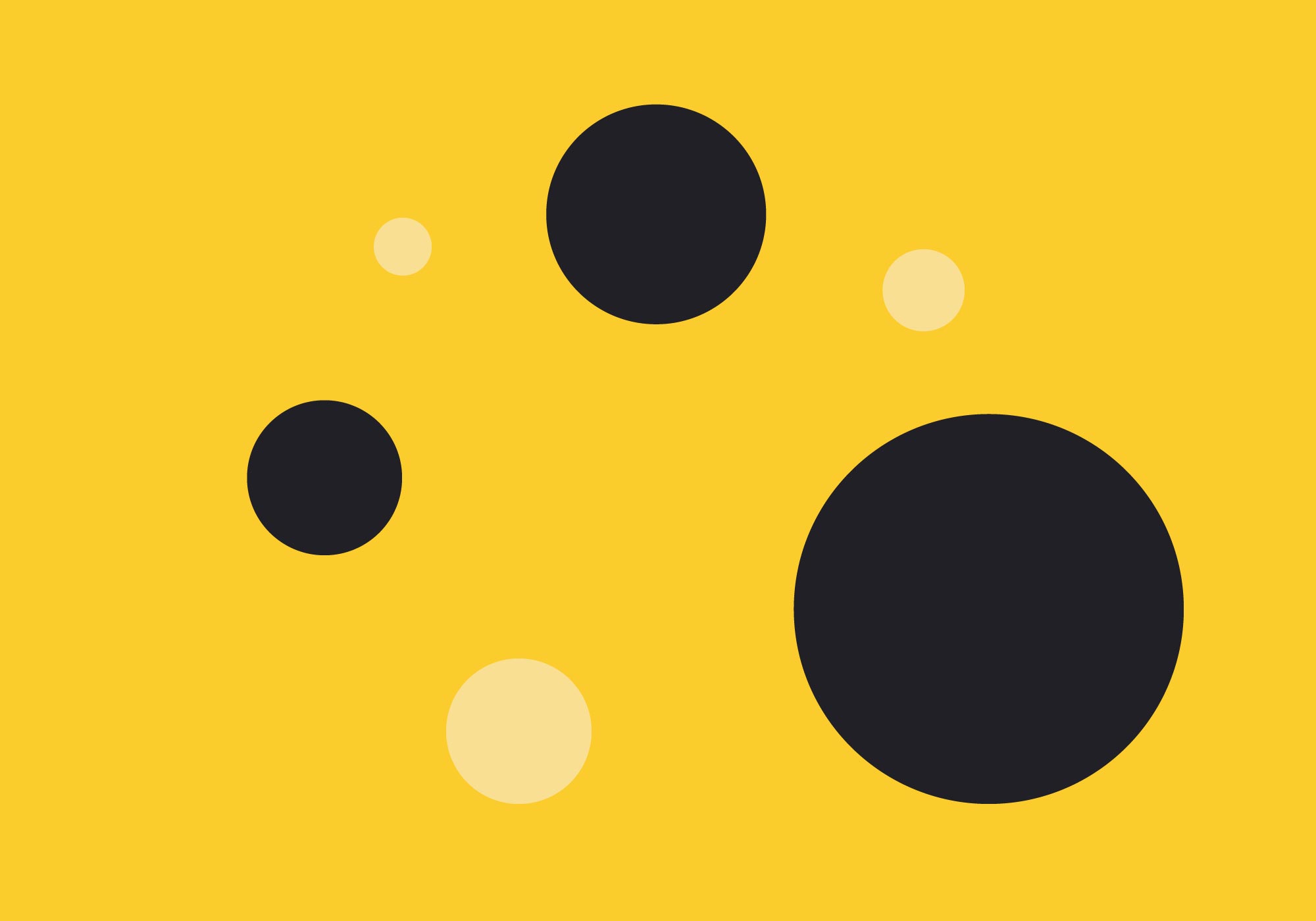Design process and principles are one of those things that everyone says that they have, but if someone asks point-blank, it can hard to put into words. Feels like the process changes depending on every project; depending on the budget, the timeline, and at times, even the client.
I have not been able to start my career in a very specialized field just yet, which means that I am working in many projects that change dramatically from one to another, my process also changes a bit. However, I do have a process and principles that I always fall back to. My core beliefs are simple but strong, they don’t go away with different projects, they shrink, expand, and shift but they always stay.
Sound Process Matters
“Design Thinking” and “Human Centered Design” go hand and hand for me. In the book “The Field Guide to Human-Centered Design” of IDEO.org, early on they mention that “Human-centered designers are unlike other problem-solvers—we tinker and test, we fail early and often, and we spend a surprising amount of time not knowing the answer to the challenge at hand.“
My first step in thinking, understanding, and empathizing is one of my favorite areas to spend time on when starting a new project. I always aim to immerse myself in the end-user and how they will interact with the final product. Asking many questions and spending time studying the problem to find the right answer will help immensely later on in the project.
We often as creatives just want to start to add lines and colors to solve a design problem the way we interpret it. We go with the first thought that came to mind mid-meeting with the client and don’t spend the time to see things from the other perspectives. The best design is what focuses on the user. Don’t tell the users what the brand wants me to do, tell them what they will get out of using the brand.
According to IDEO, the Human Centered Design consist of Inspiration, Ideation, and Implementation. I won’t go into details on these now, but it is a great outline to follow.
The other very practical approach that I like to implement is the Design Thinking Process. There are many interpretations of this, but according to the Interaction Design Foundation, this process steps are to Empathise, Define (the Problem), Ideate, Prototype, and Test.
We know that in the real world, we are managing many projects and we often tend to cut corners when we need to, but this always comes back to hurt us. Even if the client is happy with the deliverables, if we skip important steps, the client will not be happy when the product or campaigns fails to do what it was expected to do.
Strong Principles Never Fail
Design principles need to be the foundation of any project. No one builds a house, and towards the end, decides to think of important details such as pipes and electric wires. Such as how the availability of pipes can dictate how a kitchen looks, sound design principles can dictate the content and interaction.
There are many design principles that matter, spanning from graphic design for print and digital to UX and UI. Working in both graphic and web design, I do have a few that are my archers in every project to make sure that my final design is esthetically pleasing.
My favorite and most important principles are: Contrast, Balance, Hierarchy, Proportion, and Repetition. I strongly believe that if I can make sure that these principles are followed, the design will be at least okay.
I know I have clients that don’t like white space, they feel lie they want to fill every corner of the page. I always present the designs in the way that I feel is best, but at the end of the day, the design is for them, and I can’t always fight for how I believe things should look, but I will always try.
When we go through the process of figuring out what we want to say without ever thinking of how we will say it, we end with designs that can be crowded or and complicated that end up confusing users. Some of my favorite new web design trends is to have very basic navigation for users and then bring an extra navigation in a separate menu button to give more details of what someone might be looking for. See the futur page.
In conclusion
Understanding our end-users and making sure that they have a great experience is a great formula for success. There is so much that goes into what the project and design look like in the end, there are things that we can’t always control; however, I believe that if I always try to keep this process and hold on to my principles, I won’t fall far from finishing with a good design in the end.


